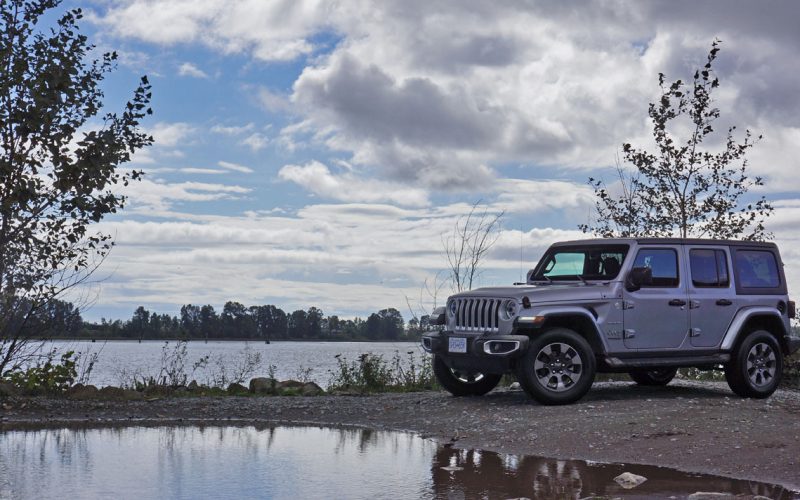
Reading Time: 13 minutesYou’d be forgiven for not noticing, but Jeep completely overhauled its Wrangler two years ago for
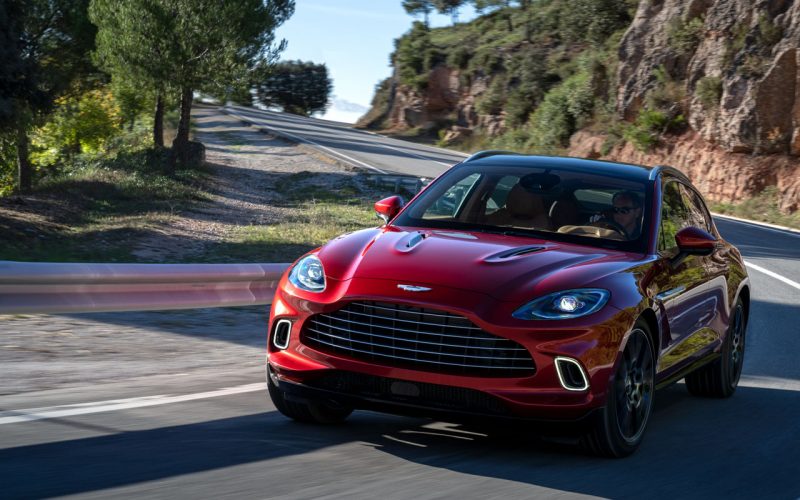
Reading Time: 10 minutesWe’ve long known Aston Martin would eventually provide ultra-luxury SUV buyers with something to step up
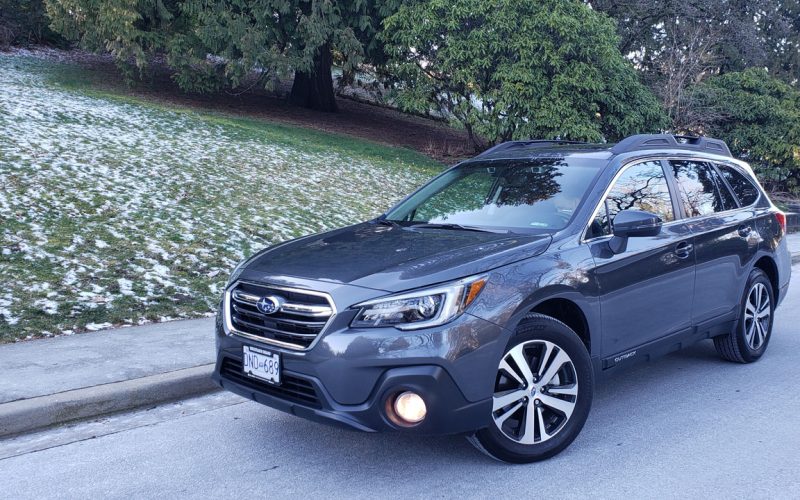
Reading Time: 13 minutesThe Outback has long been my favourite family-oriented Subaru, unless you consider the four-door WRX STI
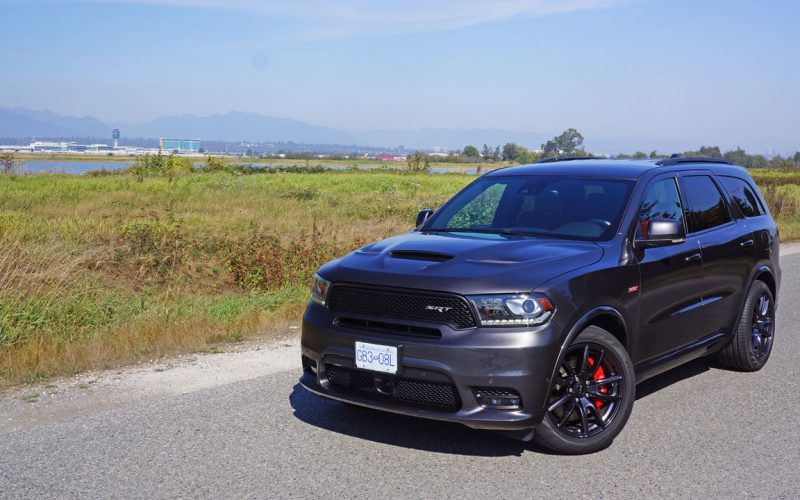
Reading Time: 10 minutesDodge is the Jolt Cola of the auto sector, or for those not old enough to
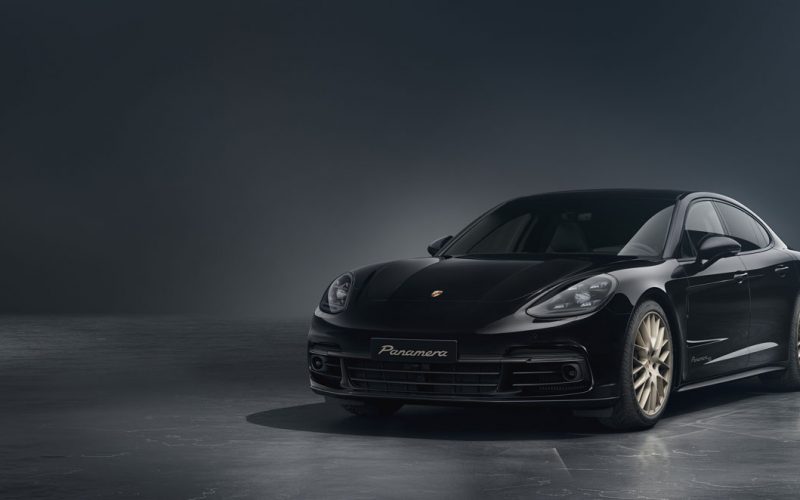
Reading Time: 4 minutesGold on black has long been a much-loved colour combination in motorsport, with the JPS liveried
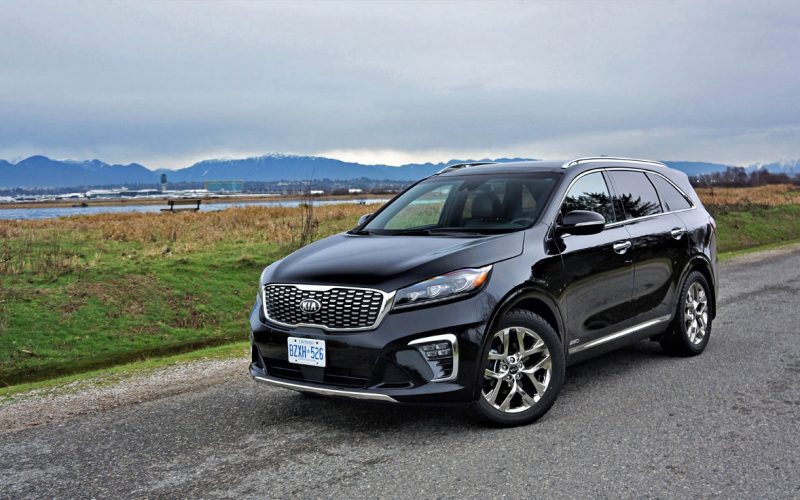
Reading Time: 14 minutesBack when first driving a 2016 Sorento, I found myself reveling in its sumptuous supply of
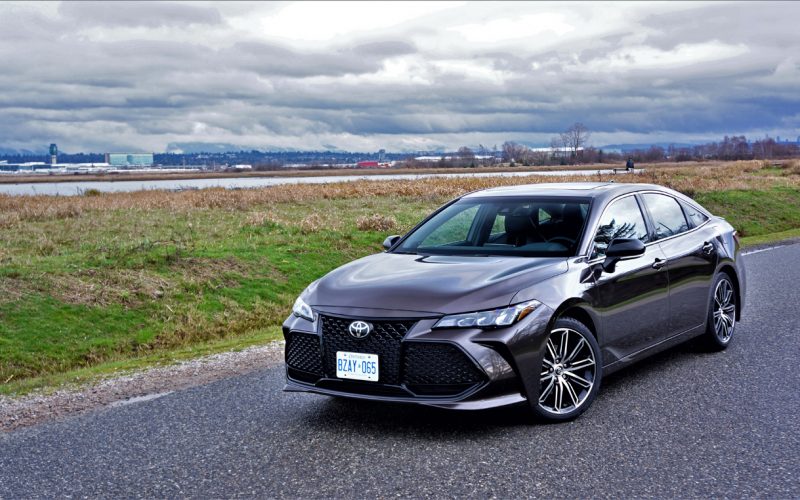
Reading Time: 11 minutesBeauty is truly in the eye of the beholder, and to many a luxury car buyer
© 2025 The Car Magazine. All Rights Reserved, Privacy Policy | Terms of Use